
THE STAGES OF ADOPTION...A LITTLE GUIDE FOR A GREAT PROJECT!
Wrongly considered the most difficult step, adoption itself is actually quite simple if you are well prepared. Many people imagine this administrative step as costly and tedious. That's why we thought we'd make it a separate section in our series of articles on the Perfect Adoption Guide .
It's time to set the record straight and demystify all this!
-
PLUS: 👉 Read The Perfect Pet Adoption Guide: 13 blog posts to help you make the right decisions when adopting a pet. 🐶🐱
In fact, there are many misconceptions about adopting through shelters or other humane societies, and this puts some people off.
Instead, they prefer to buy an animal from specialist shops or from certain irresponsible breeders who treat animals like commodities without really caring about their fate. All this because the process is supposedly simpler. But is buying an animal really simpler than adopting one?
-
RELATED ARTICLE: 👉 Animal Adoption: Myths and Realities 🐶🐱
You'll probably agree that practicality shouldn't be the primary consideration when choosing a pet. In all cases, whatever your decision, there will be pros and cons. If you take the time to carefully analyze both positions, you'll realize this. So, why not start by learning more about the practical process of adoption?
In most places where you can adopt a pet, you will generally have four steps to follow:
-Complete an adoption questionnaire;
-Have an interview with a shelter representative;
-Introduce yourself and get involved during the first meeting with the animal;
-Finalize the adoption.
-
READ ALSO: 👉 The perfect pet for you... It exists! 🐶🐱
Of course, these steps aren't set in stone and can vary from place to place. Some agencies, for example, conduct a background check on the adopter or a home visit. The order of the steps can also vary.
Some shelters will allow you to meet animals before completing the questionnaire. Others prefer to first verify the validity of your file before putting you in touch with potential adopters.
In all cases, the shelter or humane society wants to ensure that you have the capacity to care for the animal. They also want to help you find the right animal for you, based on your budget and needs. Remember that the staff is there to help you, and the steps you need to follow are designed to minimize the risk of a failed adoption, both for you and the animal.
Now, here are the four steps you need to know before you "get the ball rolling." We've even added two more, just to make sure you know exactly what to expect. Are you ready?
The adoption questionnaire
For some, filling out a questionnaire is long and intrusive, and it can seem even more so if they are unsure of finding the right animal for them at the shelter in question. You probably have very good intentions, and if you are reading this article, it is because you are concerned about animal welfare. That is why you will understand the validity of the questionnaire: the staff, by asking for your name, age, address, and other information, wants to check their records and other documents to which they have access and ensure that you do not have a history of animal cruelty. Make sure you have at least two forms of valid identification with you. The shelter will want to verify your identity, which is legitimate.
And remember, the process is the same for everyone. Each potential adopter fills out a questionnaire. However, you can always agree to complete the questionnaire later or just part of it to start, to speed up the process.
A little friendly advice:
Lying is never an option. Don't pretend you have a garden or a yard if you don't. If your life is a race against time, don't exaggerate your availability. Why? Because the questions you're asked are designed to help you find a pet that will fit your lifestyle! Always be honest. This will prevent you from ending up with a husky if you're a working professional living in a studio apartment. That wouldn't be good for you or the poor animal!
The interview
The big moment: the interview! This isn't just a formality. Take this moment seriously. If the staff decides to meet with you for an interview, you're one step closer to your ultimate goal: going home with a new friend!
During this step, the adoption counselor will determine your suitability for the type or breed of animal you are interested in. Some shelters will have you meet the animals during the interview, which will assess your interaction and allow you to ask questions related to the animal.
Don't trust everything you read on the internet. In the vast majority of cases, the interview is a very warm moment whose purpose is to reassure you. The staff knows how to put you at ease. Just be yourself, that's all, and take advantage of the moment to ask all your questions and reassure yourself.
Don't feel like you have to be perfect. This isn't a competition! The goal is simply to find the pet that will make you happy... it will also be wonderfully imperfect.
The encounter with the animal
You may have read our article about the first meeting. If so, you know what to expect. If not, know that this meeting is intended to allow you to meet one or more animals to get to know them and see which one might be a good match for you. Before heading to the shelter for this meeting, take note of these points:
-Plan a series of questions and take advantage of the meeting to ask as many as possible.
-Take notes, keep track of what you learn about the animals that interest you.
-Be respectful to shelter staff and volunteers. They can have very stressful days, and they may not be able to answer all your questions despite their best efforts.
-Be calm and be yourself. The animal will sense this, just as it will if you are nervous. To get to know it well, create a pleasant atmosphere.
-Be gentle with animals. Respect them. If you're unsure what to do, ask a volunteer or staff member to introduce you to the animal and guide you. This way, the animal will be more relaxed and will appreciate you going at its pace.
-If you don't find the right pet for you, don't feel guilty. Finding the right pet can take a little time. Be patient and you'll eventually find your partner!
Background check
Would you let your children ride in a stranger's car? The same goes for shelters, which is why they conduct background checks.
Some organizations also ask for references (neighbors, colleagues, community members). This is part of the protocol and should not be considered offensive. In fact, when you have nothing to hide, you have nothing to fear. Imagine that without these steps, some animals could end up in the care of malicious or simply incompetent people and their health, or even their lives, could be threatened.
Tell yourself that this step is actually a protection for everyone.
Checking your habitat and living environment
Some shelters ask to visit your home. The reason is simple: they want to make sure you're able to welcome the animal in good conditions.
Some people may find the home visit too intrusive, leading them to give up on adopting from the shelter. However, they are depriving themselves. This visit certainly requires a little time and energy, but that's also what an animal requires. If you don't feel ready to take this step, perhaps it's time to reflect on what you really want and how committed you are to this future life companion.
In fact, this visit is often beneficial, as it can be a great opportunity to ask for advice on how to set up your home to best accommodate your pet. It will reassure them to see that you're taking your adoption to heart, and... you'll earn points!
Finalizing the adoption
There you go! It's done! All that's left is to finalize the paperwork. It's time to celebrate!
Before you get too excited, there are a few more important things to consider. First, adoption, contrary to popular belief, is not free.
The fees may seem high, but when you consider all the work the shelter staff does to help you adopt a healthy animal, it's not so much.
Fees can range from $20 to $500 depending on the type of animal you adopt, its breed, age, history, and other factors. Admittedly, adopting a retired racehorse is understandably more expensive than adopting Nemo the goldfish.
According to data we've gathered from dozens of shelters across North America, adoption fees are actually a tiny fraction of the total cost compared to everything you get for free.
In fact, most animals come with a certificate of good health because they've been carefully cared for. Everything is up to date: vaccinations, sterilization, sometimes microchipping, tattooing, etc. These items alone could cost you a small fortune if you had to pay for them. In short, what you pay is roughly a 70% discount on the total amount that the animal's care could cost (in the case of a dog). And remember, the money you pay will be used to help other animals and maintain the shelter. In short, you're doing a good deed!
You'll also have a fair amount of paperwork to complete, as is to be expected. Among other things, you'll sign a contract committing yourself to the animal you adopt.
Okay, that's it. You pay the fees, sign the contract, and set a date to pick up your new family member (if you need a little time to buy supplies and prepare the premises before their arrival).
You've made it through the whole process! You'll be excellent teachers!
We hope that this article from our Guide to the Perfect Adoption has, once again, been useful to you.
Want to tell us about your experience? Leave us a comment below or join our Facebook community . If you don't want to miss anything, sign up for our newsletter and receive content as soon as it's published! Don't miss out!
See you soon and have a great summer everyone!





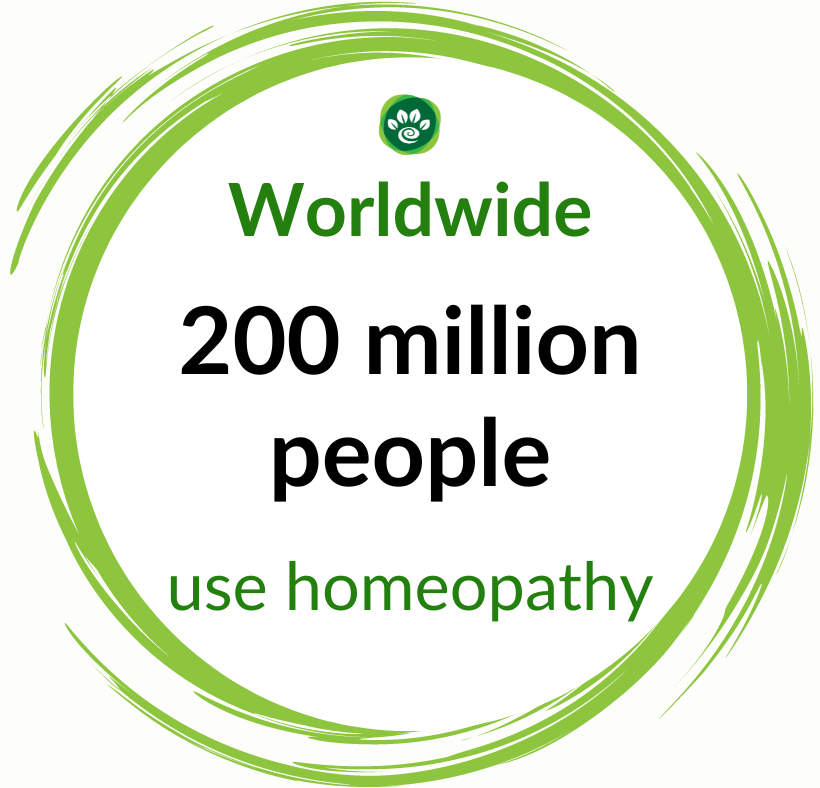
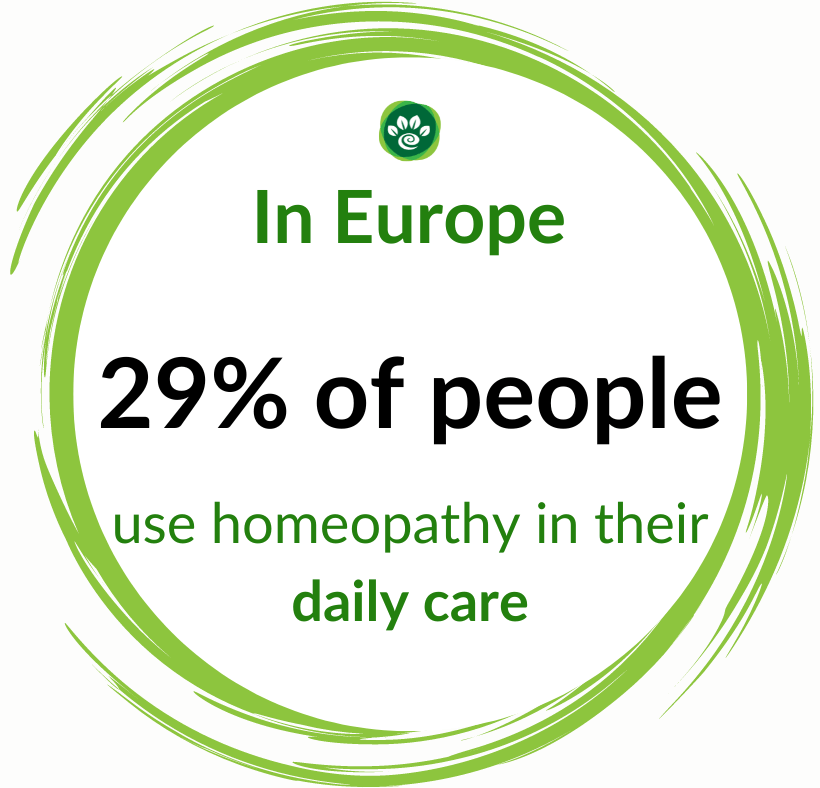
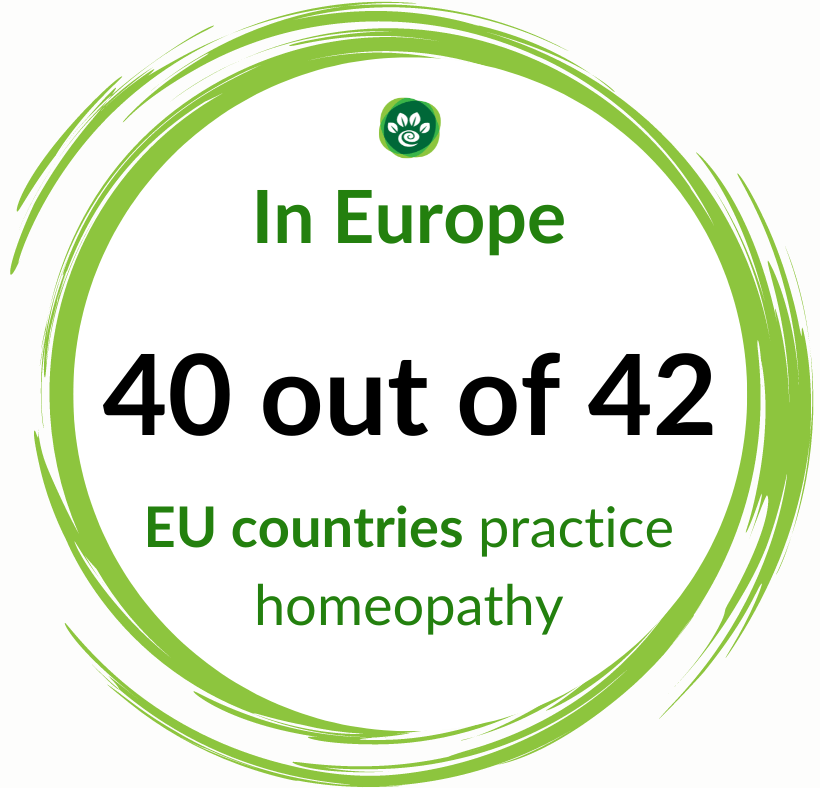
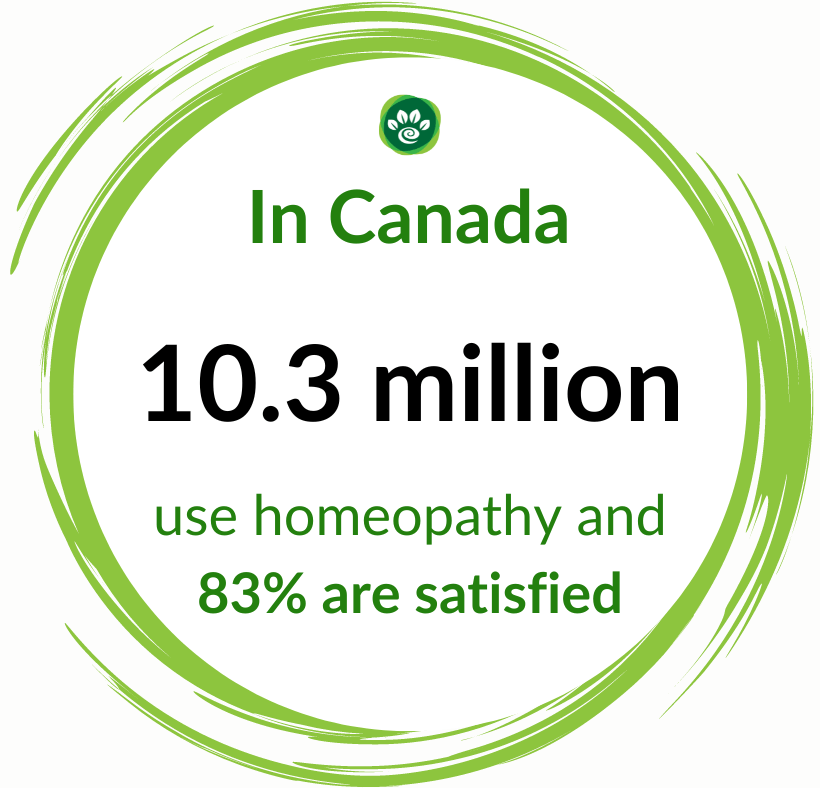
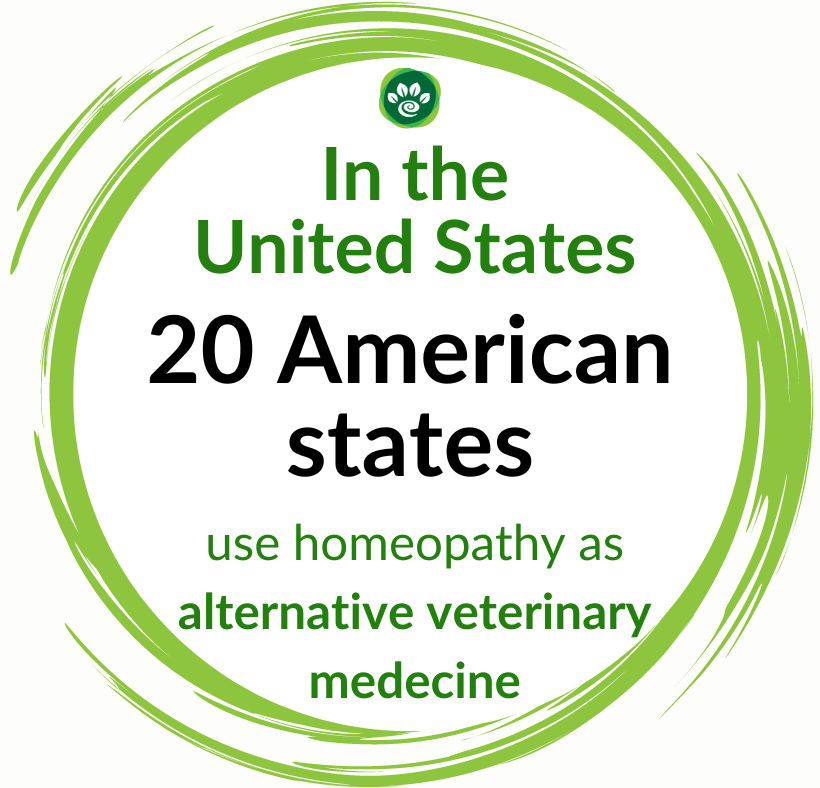








Leave a comment
This site is protected by hCaptcha and the hCaptcha Privacy Policy and Terms of Service apply.